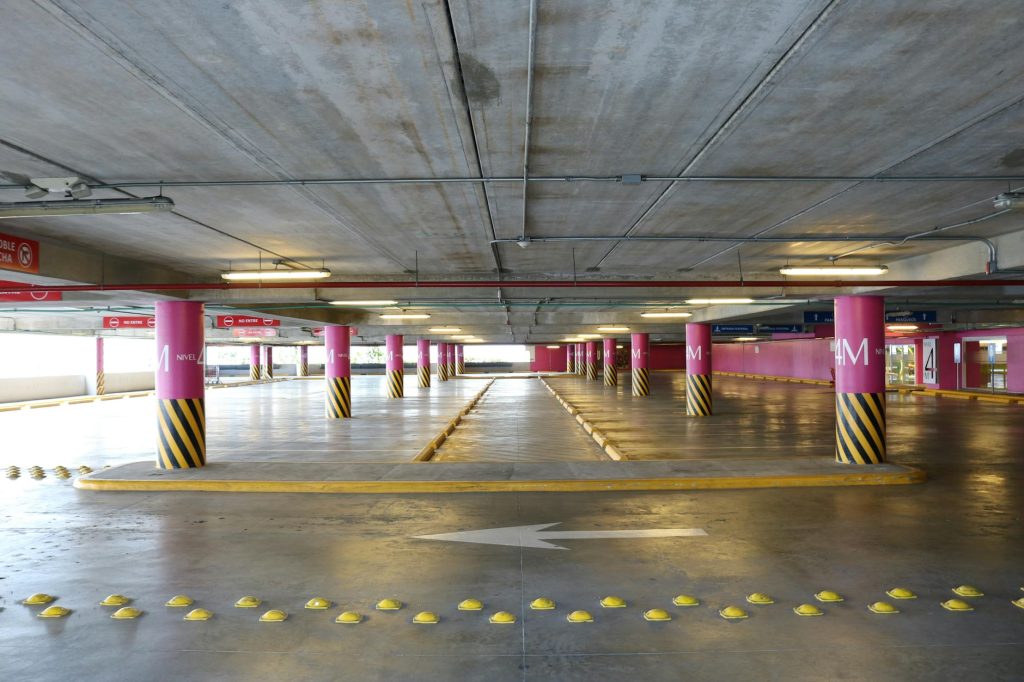A Wake-Up Call in a Dominican Barber Chair
Three months ago, in Santo Domingo’s barrio Gazcue, I plopped into my barber’s squeaky chair and boasted, “Voy a mejorar mi español en tres meses.” He nodded, cape puffing around my neck, then fired back: “¿Cómo lo vas a medir, manito?”—“How are you going to measure that, bro?” I stammered a half-baked plan about watching telenovelas and hoped the clipper buzz would drown my vagueness. Spoiler: it didn’t. That single question exposed my fluffy intentions. Later, on a flight to Medellín, I sketched a clearer roadmap—SMART goals: Specific, Measurable, Achievable, Relevant, Time-bound. Ninety days later, I’d doubled my professional Spanish Vocabulary, survived a Colombian tax appointment, and even cracked jokes using paisa slang. This post unpacks that journey so you can clone or tweak it for your next quarter.
Why 90 Days? The Science and the Salsa
Neuroscience tells us that habits stabilize after roughly 66 days. Business coaches push 90-day sprints because they’re long enough for visible progress but short enough to maintain urgency. In Dominican culture, quarters align with tourist low and high seasons; in Colombia, companies review quarterly KPIs. Syncing your language sprint to these rhythms helps you weave practice into real events: paying new electricity tariffs in Santo Domingo or pitching a start-up at Ruta N in Medellín. Plus, three months gives spaced-repetition apps enough review cycles to shift new words from working memory to long-term storage.
Step 1: Define a Specific Outcome
Vague Goal: “I want better listening.”
SMART Goal: “By April 30, I will understand 80 % of a 10-minute Noticias Caracol segment without subtitles.”
To locate that 80 %, I uploaded transcripts to a word frequency tool and highlighted unknown terms, which became flashcards. Specificity narrows your Spanish Vocabulary target list, shrinking overwhelm.
Step 2: Attach a Measurable Metric
During the first week, my baseline comprehension of the newscast was 55 %. Each Friday I re-watched the same episode, tallying unknown words and misheard phrases. Google Sheets generated a progress graph—a dopamine drip every time the line climbed. Measurements might feel unromantic, but they anchor motivation when Caribbean humidity or Andean rain conspires to derail you.
Step 3: Adjust for Achievability
I initially fantasized about mastering the subjunctive mood across every irregular verb. My Medellín tutor raised an eyebrow and said, “¿Tienes horas infinitas?” I scaled back: only the most common irregulars—ser, estar, tener, saber, and poder—in present subjunctive. Achievable doesn’t mean easy; it means slicing goals thin enough to fit daily life: fifteen-minute blocks between motoconcho rides and café queues.
Step 4: Tie Relevance to Daily Stakes
My job involves negotiating remote-work contracts, so I prioritized vocabulary like plazo (term), finiquito (settlement), and gestión (management). In Colombia, using those words correctly earns instant respect; in the DR, landlords appreciate a tenant who can reference cláusulas de vigencia. Relevance turns study time into career ROI.
Step 5: Stamp a Time-Bound Deadline
A 90-day timer crystallizes priorities. I set three milestones:
- Day 30: Present subjunctive quiz at 70 %.
- Day 60: Record a two-minute, subtitle-free news summary.
- Day 90: Conduct a mock lease negotiation entirely in Spanish with my lawyer friend in Medellín.
Deadlines convert hopes into appointments you can’t ghost.
Crafting Weekly Rituals: The Hybrid Schedule
Monday—Micro Goals
Over Dominican café colao’, I review my mini-objective: “Learn six connector words and apply each twice.” Marking a small win early prevents mid-week slump.
Tuesday—Speaking Sprint
Three 90-second voice notes to a Colombian accountability partner. We correct each other’s tildes and rr rolls. Voice-to-text transcripts provide measurable error counts.
Wednesday—Grammar Gym
A 30-minute Anki session drilling subjunctive irregulars. Cards flagged “leeched” get illustrated doodles; dual-coding research shows images cut review time.
Thursday—Culture Merge
Watch a Dominican YouTube vlog on street food, jotting slang; then a paisa entrepreneur podcast for accent contrast. Compare intonation patterns.
Friday—Progress Audit
Re-watch baseline news clip; update spreadsheet. Reward progress with a coconut frappé if comprehension rises 5 % or more.
Weekend—Real-World Lab
Saturday morning market runs demand price negotiations. Sunday, a two-hour language exchange on Parque Lleras stairs: half chess, half chisme.
Vocabulary Table: Key Goal-Setting Terms
| Spanish | English | Usage Tip |
|---|---|---|
| Plazo | Term / deadline | Anchor your 90-day finish line. |
| Meta | Goal | Ask others: ¿Cuál es tu meta? |
| Medible | Measurable | Describe progress charts. |
| Alcanzable | Achievable | Use when scaling ambition. |
| Relevante | Relevant | Tie vocab to real life. |
| Seguimiento | Tracking / follow-up | Friday progress audits. |
| Revisión | Review | Weekly grammar gym. |
| Constancia | Consistency | Praise daily drip streaks. |
| Ajuste | Adjustment | When you pivot scope. |
| Logro | Achievement | Celebrate milestone wins. |
Weave these into meetings with tutors or language partners to get meta about your Spanish Vocabulary journey.
Example Conversation (Goal-Setting Session)
Tutora (CO, formal)
“Necesitamos una meta bien definida para los próximos tres meses.”
Tutor: “We need a well-defined goal for the next three months.”
Yo
“Específicamente, quiero entender el 80 % de un noticiero y aprender 120 palabras de negocios.”
Me: “Specifically, I want to understand 80 % of a news broadcast and learn 120 business words.”
Tutora
“Excelente. ¿Cómo será el seguimiento?”
Tutor: “Excellent. How will we track it?”
Yo
“Haré un test cada viernes; si no aumento 5 %, haré un ajuste en mi rutina.”
Me: “I’ll test every Friday; if I don’t improve 5 %, I’ll adjust my routine.”
Amigo (DR, slang, informal)
“Bro, con esa constancia vas a romper.”
Friend: “Bro, with that consistency you’ll crush it.”
Measuring Spanish Vocabulary Growth Without Boredom
- Color Bars: Each new term added to Quizlet gets a green bar; mastered words turn gold. Visual progress is dopamine for the eyes.
- Fishbowl Technique: Toss flashcards you’ve mastered into a real fishbowl. Watching it fill is oddly satisfying.
- Podcast Bingo: Print a bingo card with your target verbs; stamp each when heard in a live conversation or news segment.
Gamification keeps motivation afloat without mutating your plan into chaos.
Tackling Common Pitfalls
- Over-Measuring: Data loves you until it overwhelms you. Track one metric per goal—seconds per card, percentage comprehension—not fifteen.
- Goal Creep: Resist adding bonus objectives mid-sprint. Use a “parking lot” notebook for cool ideas and revisit after day 90.
- Comparison Spiral: Social media may show another expat mastering subjunctive in 30 days. Celebrate your logros based on baseline, not Instagram.
Dominicans vs. Colombians: Cultural Timelines
Dominican calendars mark fiestas, Lent, and hurricane season; Colombians sync to academic semesters and fiscal quarters. When mapping 90-day goals, align review peaks with local downtimes. I scheduled my grammar-heavy weeks during Santo Domingo’s August heat—less nightlife distraction—and used Medellín’s January feria break for intensive speaking.
Regional slang also cues SMART tweaks: Dominican partners push casual checkpoints like “¿Cómo va tu vaina?” (How’s your thing going?), while paisas prefer formal “¿Y tu progreso?” Both keep you accountable, each in its own melodic way.
The Brain-Friendly Review Cycle
Cognitive psychologists suggest 24-hour, 72-hour, one-week, and two-week intervals. I mapped that onto my 90-day timeline:
- Immediate recall within a day: voice memos.
- Short interval after three days: Anki re-drill words flagged “hard.”
- Medium interval after seven days: rewrite news summary by hand.
- Long interval two weeks later: use words in real conversation.
This layered approach cements both Spanish Vocabulary and the connectors that glue them into sentences.
Reflection: The Passport Inside Your Calendar
Goal-setting isn’t just spreadsheets; it’s forging a bilingual identity. Setting SMART goals taught me to treat language like entrepreneurship: iterate, measure, pivot. Caribbean sponteneity fuels the brainstorm; Andean discipline executes it. With each 90-day sprint, your once-lofty “fluency” dream condenses into daily actions—coffee-break flashcards, Friday news quizzes, Sunday salsa chats.
Tell me in the comments: What Specific, Measurable, Achievable, Relevant, Time-bound language mission will you chase in the next 90 days? Drop your milestones, and let’s keep each other on track—from Santo Domingo colmados to Medellín rooftops.






